Crew 271 – Mars Society
Crew Commander: Marc Levesque (United States)
Executive Officer/Crew Astronomer: Cesare Guariniello (United States/Italy)
Crew Engineer/Health and Safety Officer: Sergii Iakymov (Ukraine)
Crew Geologist/Journalist: Helen Eifert (United States)
Crew Medical Researcher/Green Hab Officer: Alicyn Grete (United States)
Crew Researcher: Andres Käosaar (Estonia)
MDRS 271 was a Mars Society crew, self-named I.M.A.R.S. (International Mars Analog
Research Simulation), was comprised of a diverse group of individuals representing four
countries, providing an international flavor to the mission. Three members were
veterans of past MDRS missions, while three were MDRS rookies. The crew’s priorities
were to maintain all MDRS facilities, vehicles, and equipment in a safe and operable
condition and to complete geological, astronomical, psychological, medical, and
operational projects.
Prior to the mission, the crew met for 10 video sessions to organize and prepare
themselves for their stay at MDRS. These meetings provided an orientation to the
station, expectations for accommodations and living conditions, additional simulation
protocols beyond those outlined in the MDRS Handbook, and expedition behavior
characteristics derived from several sources. For a crew assembled from individual
applications, the latter topic was vitally important to establish a cohesive and
cooperative effort immediately upon arrival at MDRS. As was proven during the
commander’s two previous missions, this set of expedition behaviors allowed this crew
to work and live together and support each other extremely well throughout the duration
of this mission. This also assisted in the completion of all planned projects and for
achieving the safe and effective operation of the station that had been established as
priorities for the mission. From this commander’s perspective, I could have not asked for
a better crew.
A brief summary of crew project accomplishments follows, with a full description found
in the Crew 271 End of Mission Science and Operations Report.
Titles: Coping Strategies for Long-Duration Space Exploration (Study 1); Team
Challenge Resolution Mechanisms in Isolated and Confined Space Analog
Mission Through Ethnographic Methods (Study 2)
Crew member: Andres Käosaar
The data gathering for the projects well very well – the members of Crew 271 patiently
filled in my surveys, and there seemed to be no missing data points. While there weren’t
too many overtly observable coping strategies or team challenge resolution
mechanisms executed, there were some instances that were noted for further analysis.
Due to the individual profiles of the Crew 271 members and the overall resemblance to
a potential real long-duration space exploration team (i.e., culturally and professionally
diverse crew very interested in human spaceflight), the data are good, and the sample
has high validity. While unable to access all the data collected from surveys and
journals, I'm quite hopeful and optimistic regarding the potential findings and
conclusions from the studies.
Title: Drying trends of a clay-rich surface
Crew member: Helen Eifert
The goal for this particular experiment was to observe the drying trends of a clay-rich
surface for a longer period of time following controlled wetting of the surface to
understand chemically bound water trends better. This contributes to the overall
understanding of how water may be retained, persevered, and detected on Mars. A
location was selected north of the Hab for an experiment to measure drying trends of a
clay-rich and Mars-like surface over the course of the MDRS mission. The initial wetting
of the experiment was conducted on Sol 4, and the immediate drying trends were
measured for an additional two hours following saturation of the surface on this first
EVA using an ASD FieldSpec3. Return EVAs were conducted on Sol 5, Sol 6, and Sol 9
for an additional two measurements each day. On the last day of measurement, a dry
sample was collected from a nearby site to get initial water content and an additional
sample was collected from the experiment site, which still appeared damper than its
surroundings. The two samples collected were returned to the Science Dome for loss
on ignition analysis. The spectral data was post processed and will be plotted and
analyzed to be used to supplement the findings of prior field campaigns. This work is in
preparation for publication in the late spring 2023.
Title: Geology – Samples for In-Situ Resource Utilization
Crew member: Cesare Guariniello
Three long-distance EVAs collected samples in the area of Barrainca Butte (black
vesicular igneous rocks, conglomerates, and light-colored mudstone), Candor Chasma
(Summerville formation: red mudstone and sandstone with cross-cutting gypsum veins),
and Skyline Rim (Dakota conglomeratic sandstone and Mancos Shale samples).
Samples were weighted and processed in the oven in the Science Dome, then weighted
again to ascertain water content. The samples will be shipped to Purdue University for
further spectroscopic analysis to identify geotechnical properties for ISRU via remote
sensing. In particular, spectra will be studied for indicators of water content and bulk
size.
Title: Astronomy
Crew member: Cesare Guariniello
Robotic Observatory: After adjusting the MDRS-14 telescope, multiple observations
were taken when the sky was clear. The most notable was M42 (Orion Nebula). Other
objects that were sampled are M1 (Crab Nebula), M3, M31 (Andromeda Galaxy), M97,
M101 (Pinwheel Nebula), Rosette Nebula, Barnard 33 (Horsehead Nebula). The
Astronomy Support will work further on the telescope focus.
Musk Observatory: The sky was hazy or cloudy on most sols. One observation of the
Sun was performed towards the end of the mission. This allowed the whole crew to
participate in a solar observation. One photo of a group of sunspots with visible umbrae
and penumbrae was captured and processed.
Title: Analog Mars Crew Evaluation of a Uniplanar External Fixation Training
Module
Crew member: Alicyn Grete
The purpose of this project was to verify whether Martian analog crew members could
use an offline, self-assessed module, and locally reproducible 3D printed bone
simulation models to become confident and competent in performing external fixation
procedures to manage open tibial fractures in an austere environment without access to
specialist support from Mission Control. The first two days were spent having
participants take a pre-learning confidence survey and complete the training materials
and video. Over the next four days, each participant successfully completed a skills test,
achieving a go ahead on each competence objective and verifying their work with self-
assessment photos. Afterwards, each participant completed a post-learning survey and
received Medical Makers certificate and memorabilia to commemorate their
accomplishment. These results suggest that my hypothesis was correct: the Tibial
Fracture Fixation Training Module can provide analog space crew members with the
confidence and competence necessary to teach themselves a new surgical skill. I will
be submitting an abstract to present this research at the West African College of
Surgeons Conference in Togo this spring, and I am working on an article to submit to
Aerospace Medicine and Human Performance journal.
Title: MDRS Engineering Projects
Crew member: Sergii Iakymov
During Crew 271 all 11 EVA suits were inspected for their power systems, and
especially wiring connections, charging hardware, and rechargeable batteries. Issues
were identified, changes were made to equipment, and recommendations made for
better suit maintenance by future crews. A second project evaluated MDRS power
consumption at the request of Mission Support by evaluating active station electrical
devices. A spreadsheet of the station components and power consumption was created
and sent to Mission Support.
Title: Radio communications system maintenance
Crew member: Marc Levesque
A maintenance check was conducted on the new MDRS radio repeater, and its antenna
was raised to improve reception between the Hab and EVA teams, since
communication gaps were discovered by crews this season. Communications checks
during Crew 271 validated this problem, and a recommendation is made to relocate the
repeater to the North Ridge. It is also recommended to re-establish Communications
Officer duties on each MDRS crew, with those duties most likely assigned to the Crew
Engineer to ensure proper radio usage and battery recharging.
The I.M.A.R.S. crew would like to extend its appreciation to Dr. Robert Zubrin and Dr.
Shannon Rupert for the opportunity to participate in a mission at MDRS and hope that
we performed in a manner befitting the safe and effective operation of the station while
contributing to the long term goal of human exploration and colonization of Mars.
Submitted by:
Marc Levesque
Crew 271 Commander
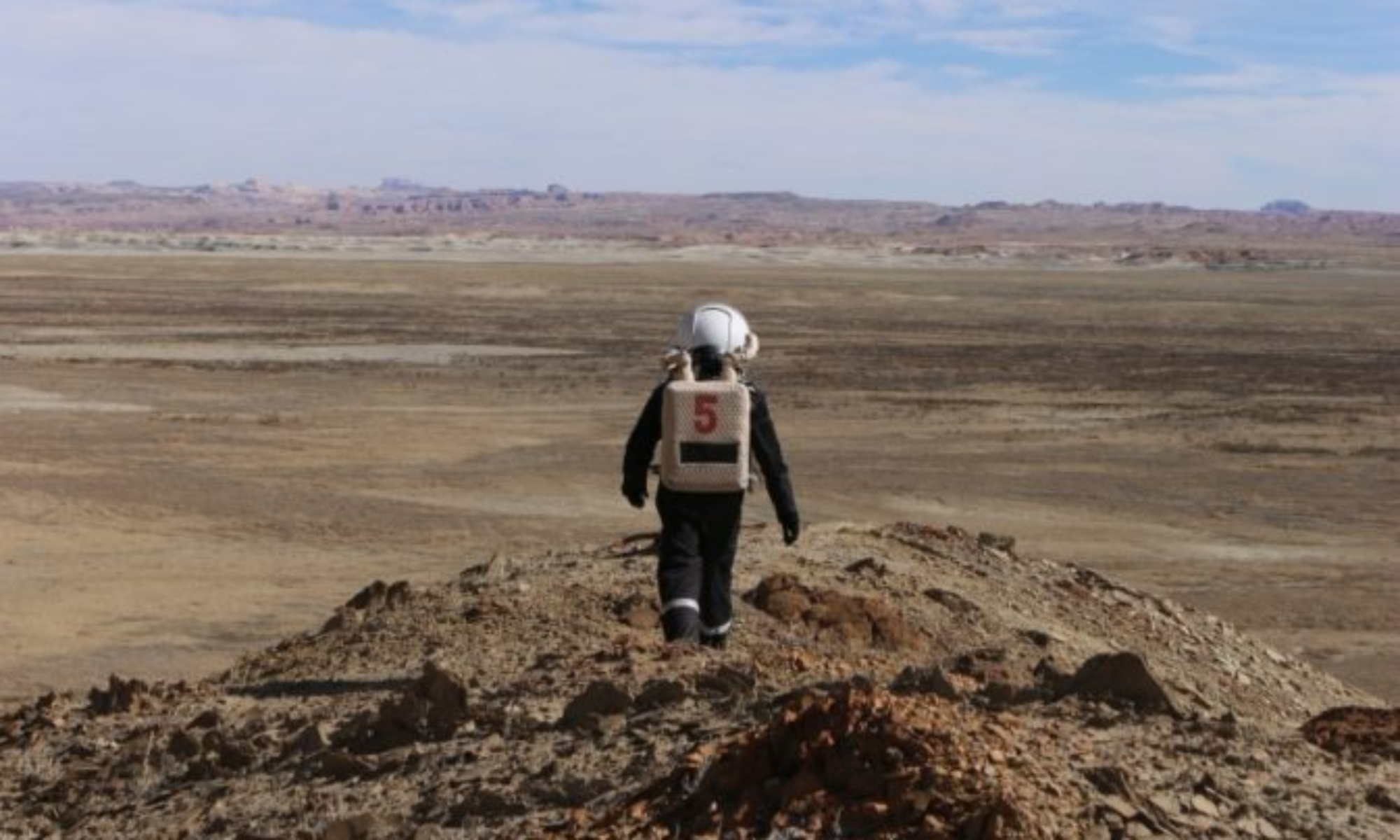

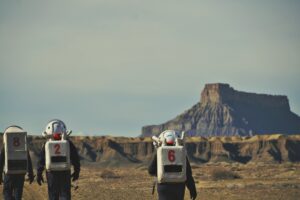
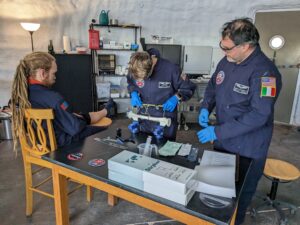
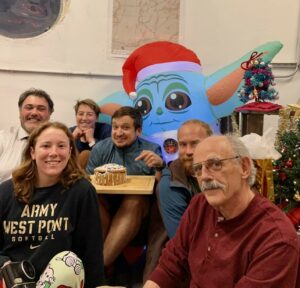
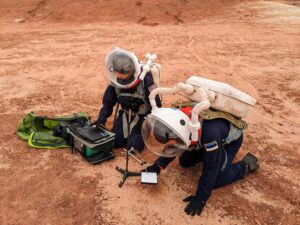
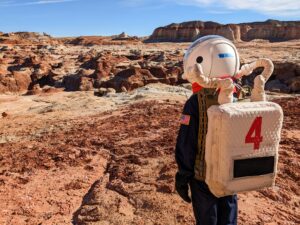
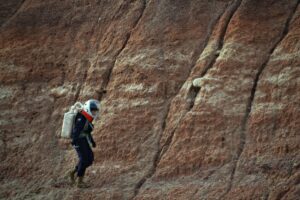
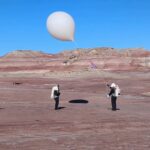
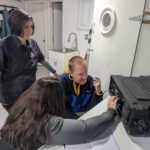
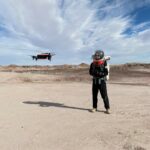
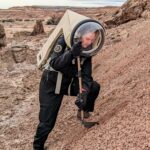
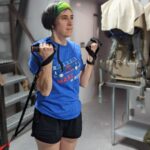
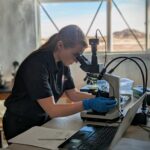
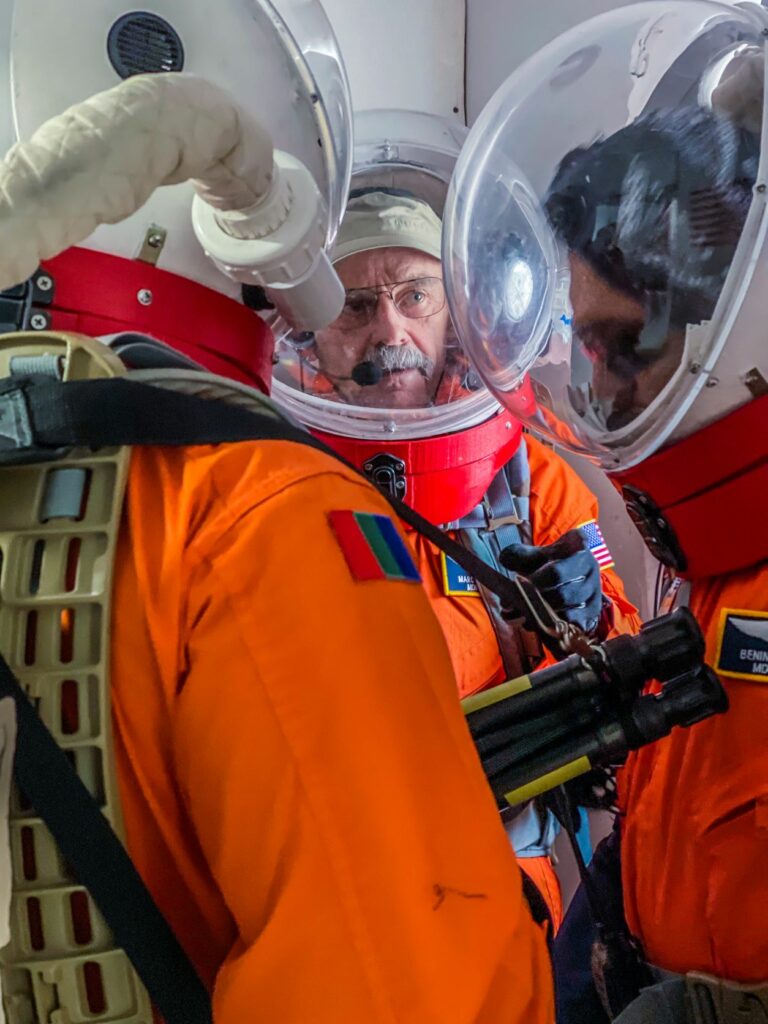
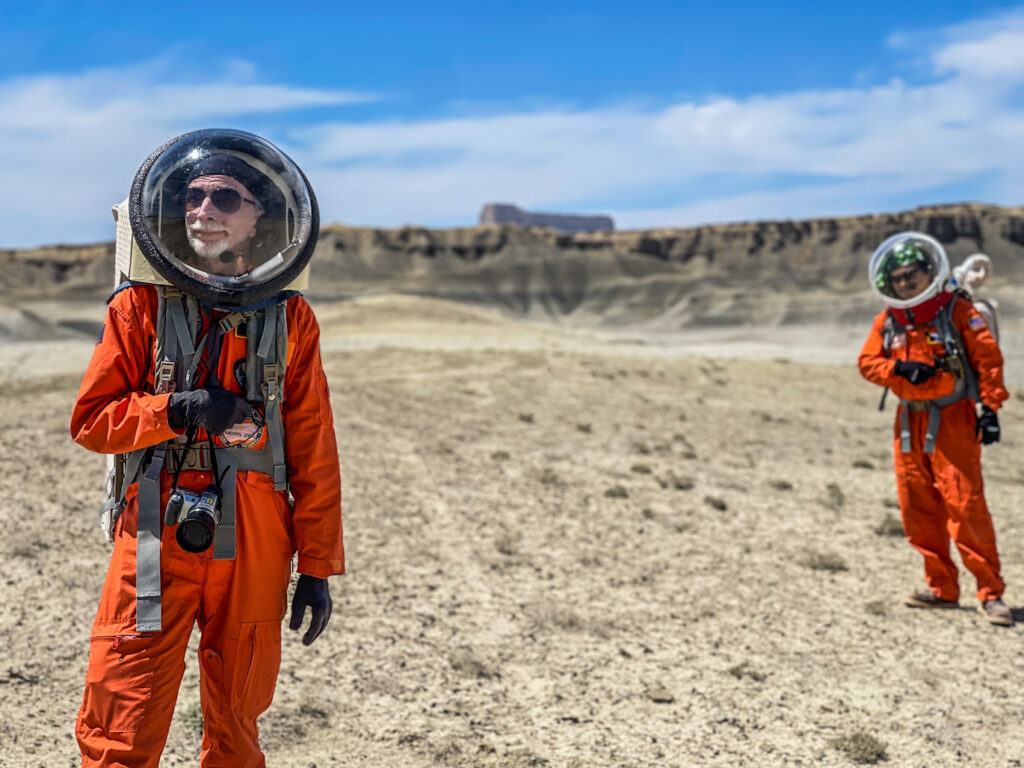
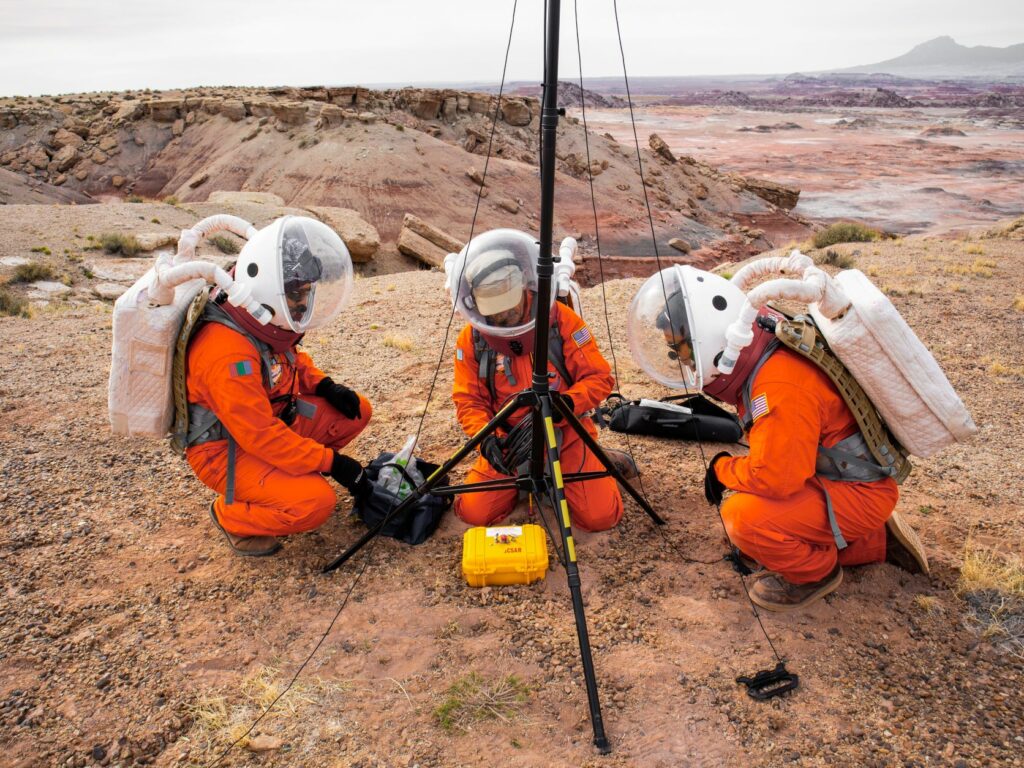
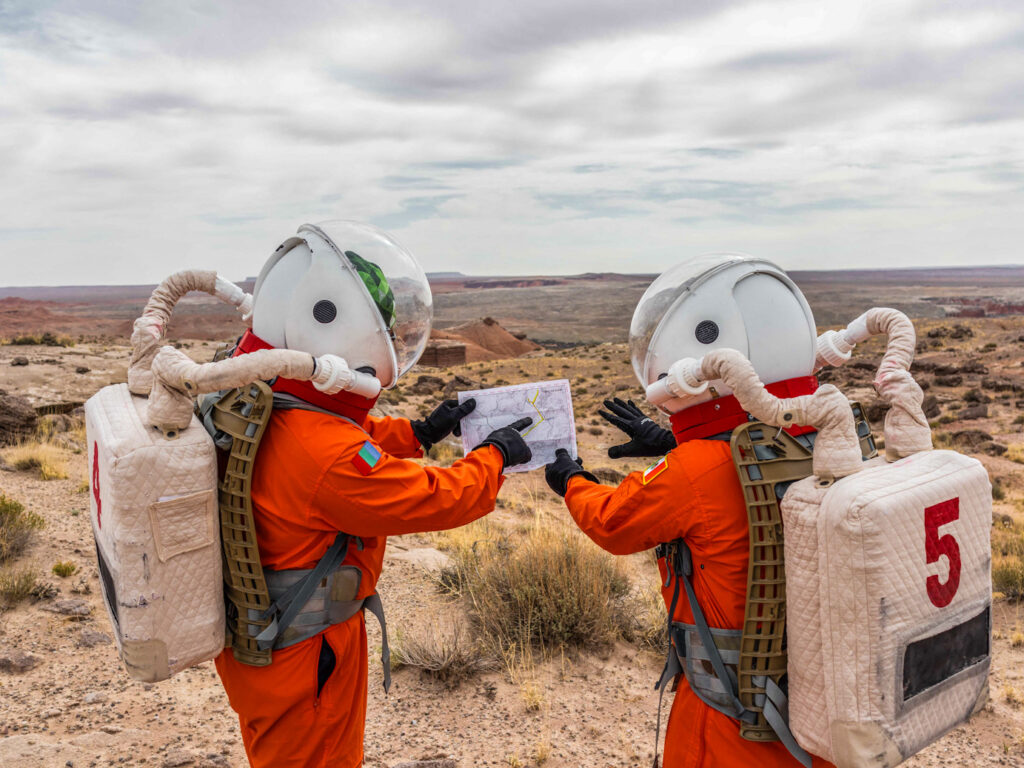








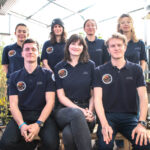
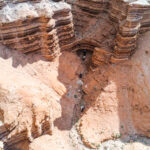
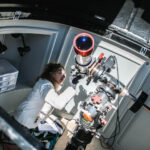
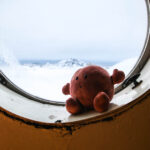
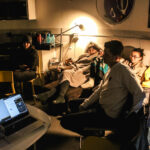
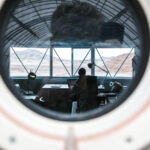
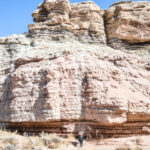




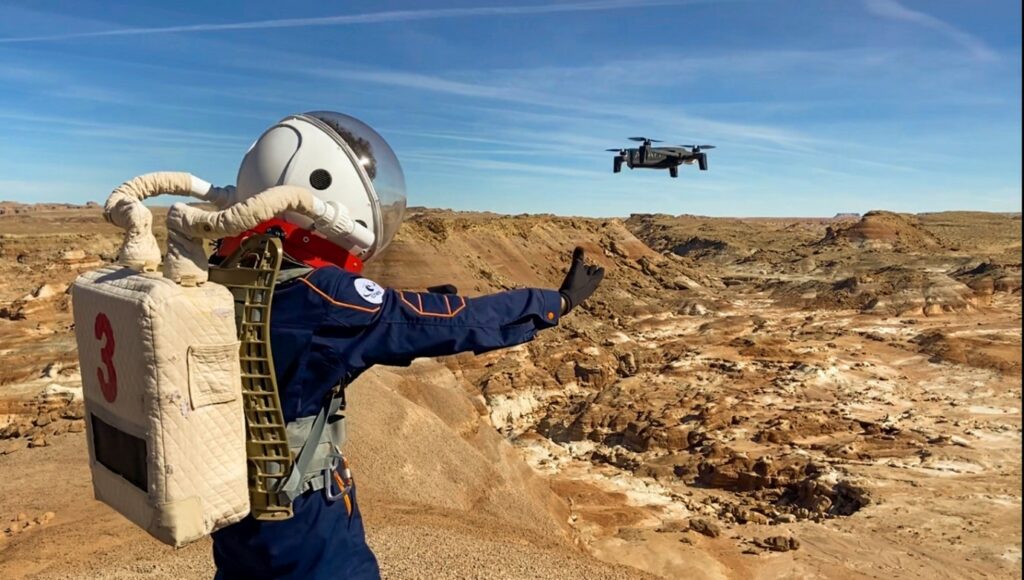

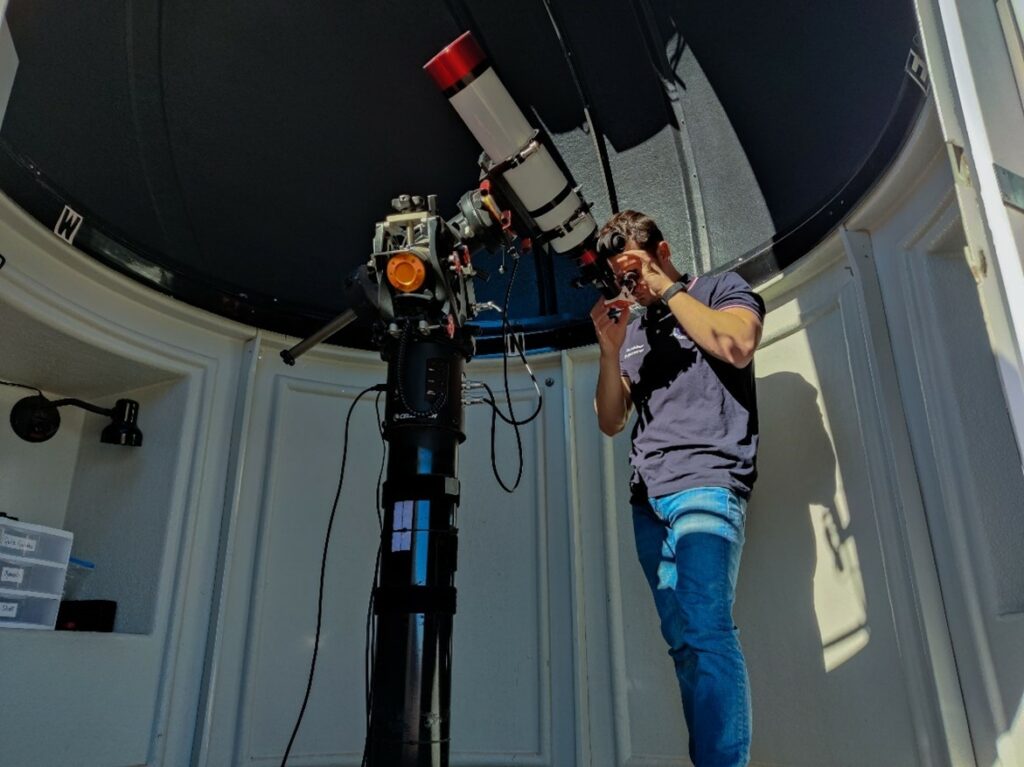

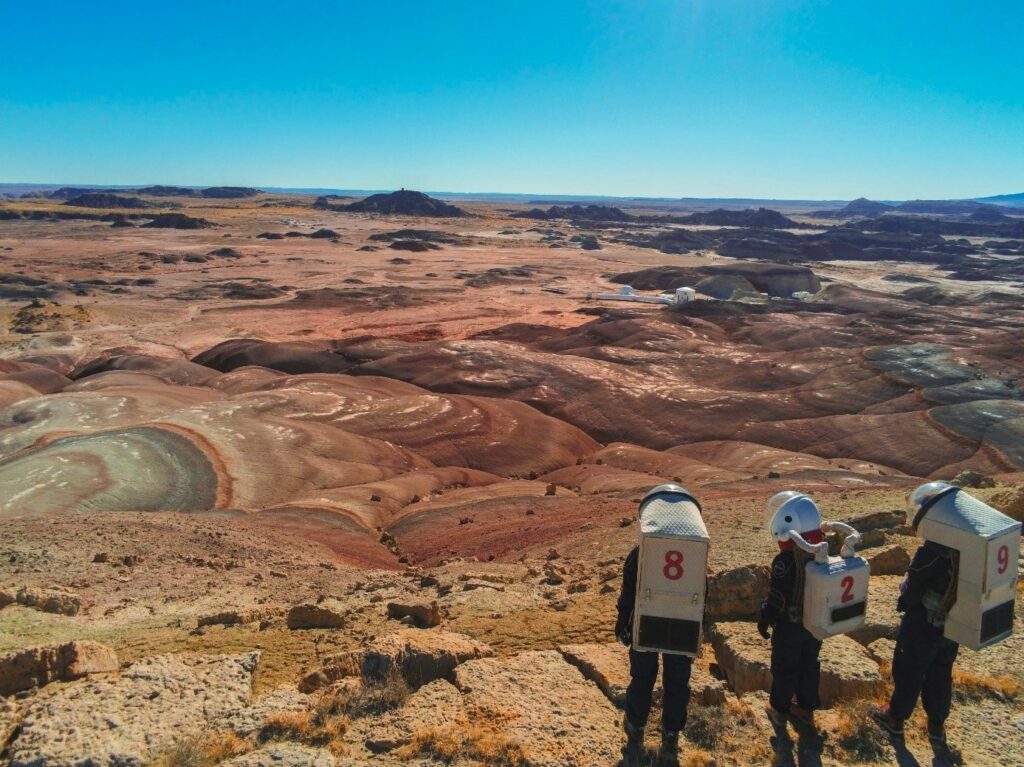
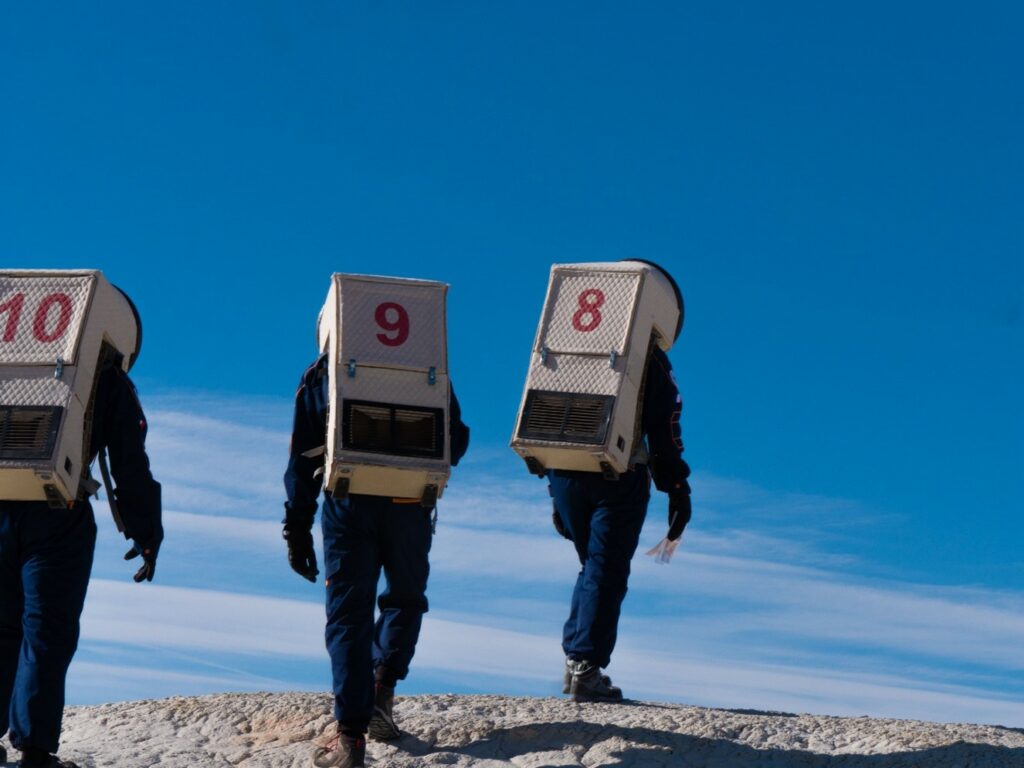


You must be logged in to post a comment.